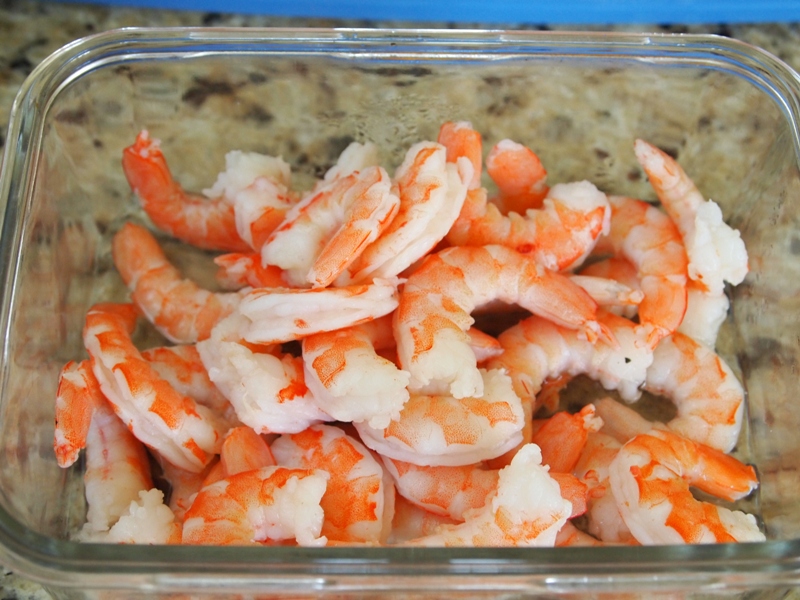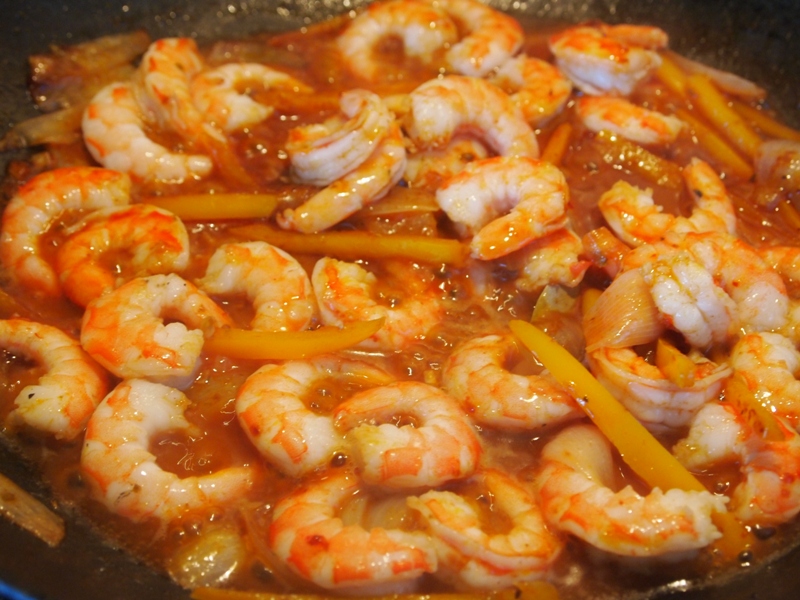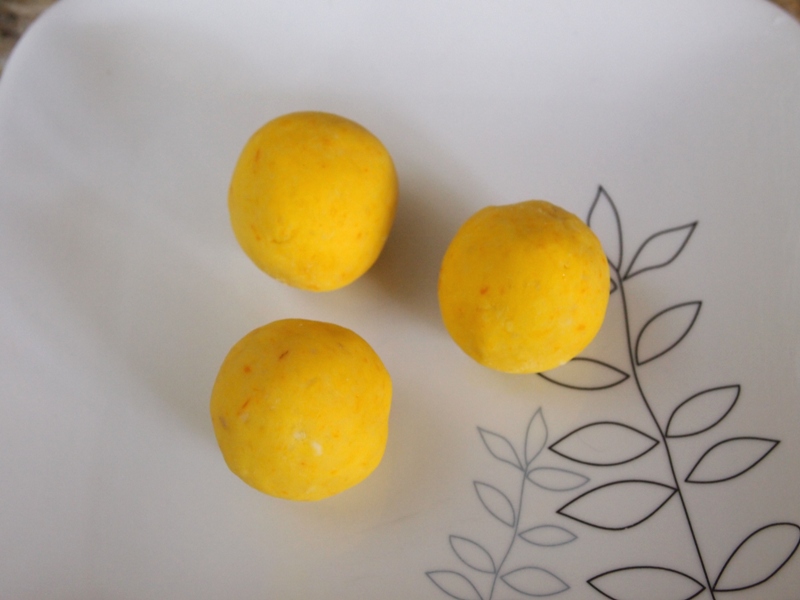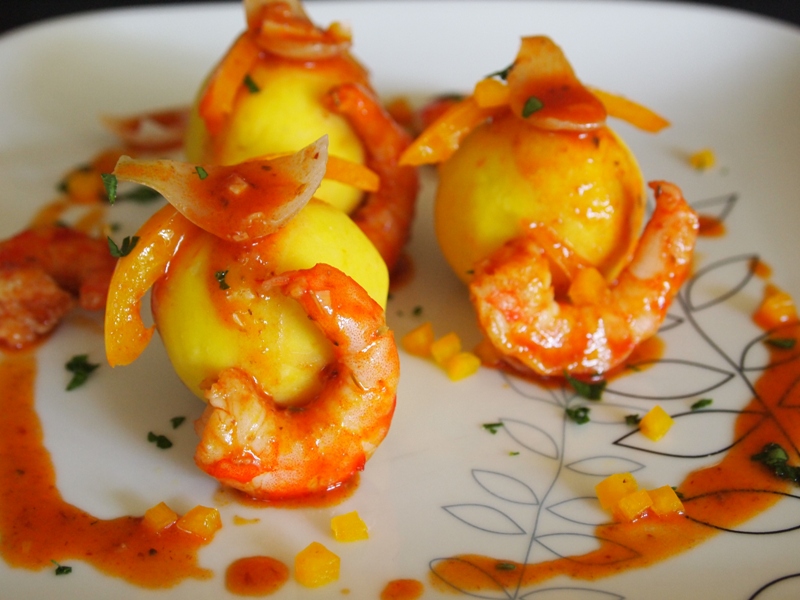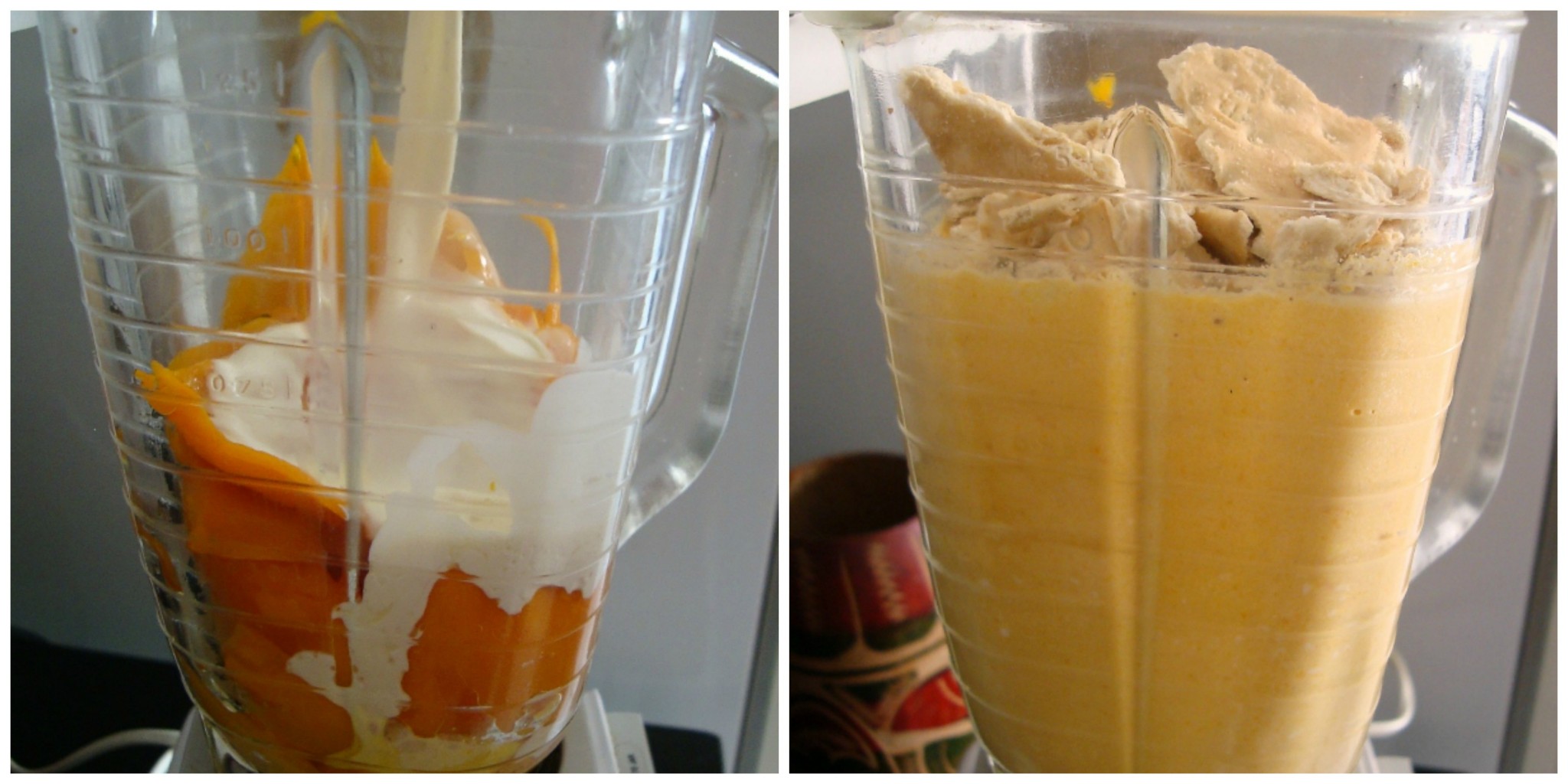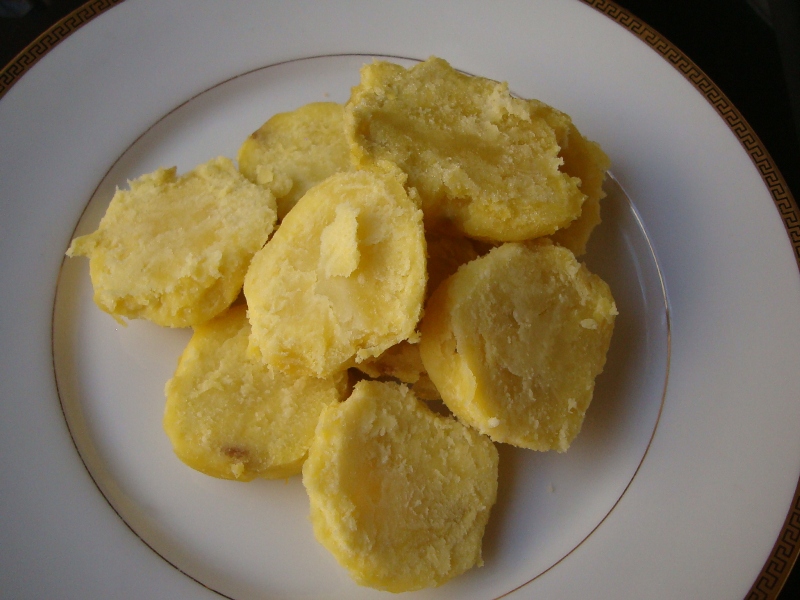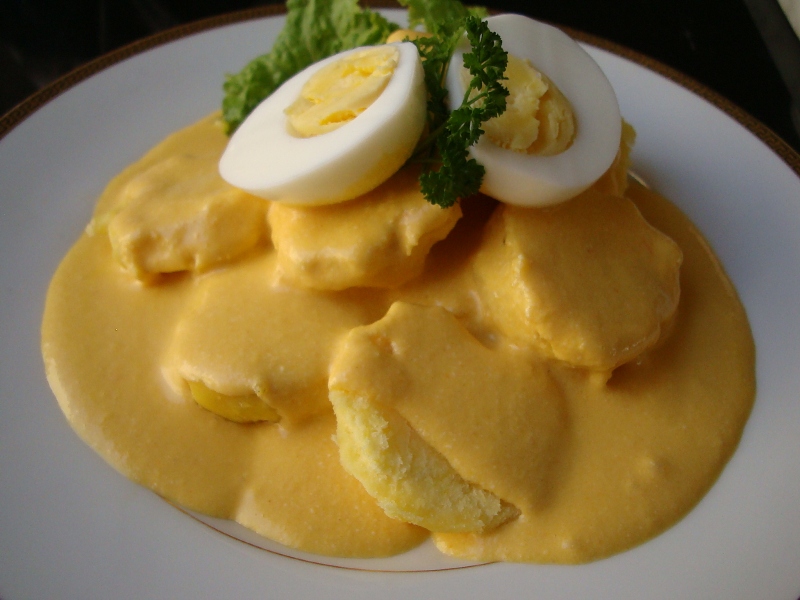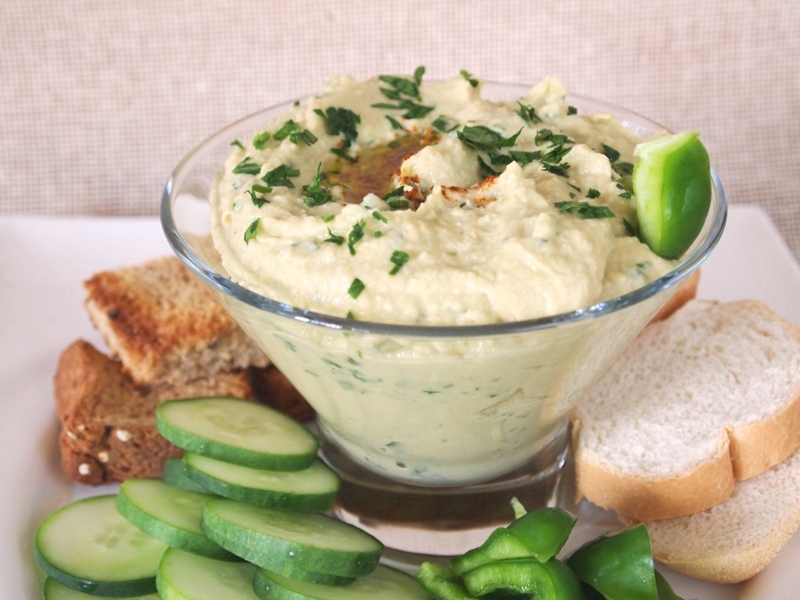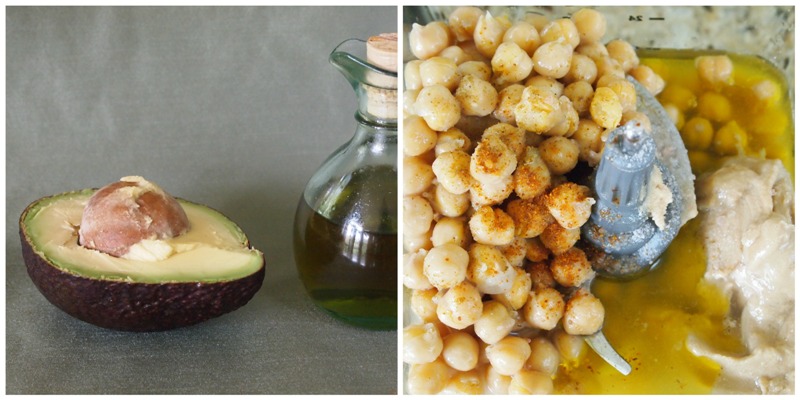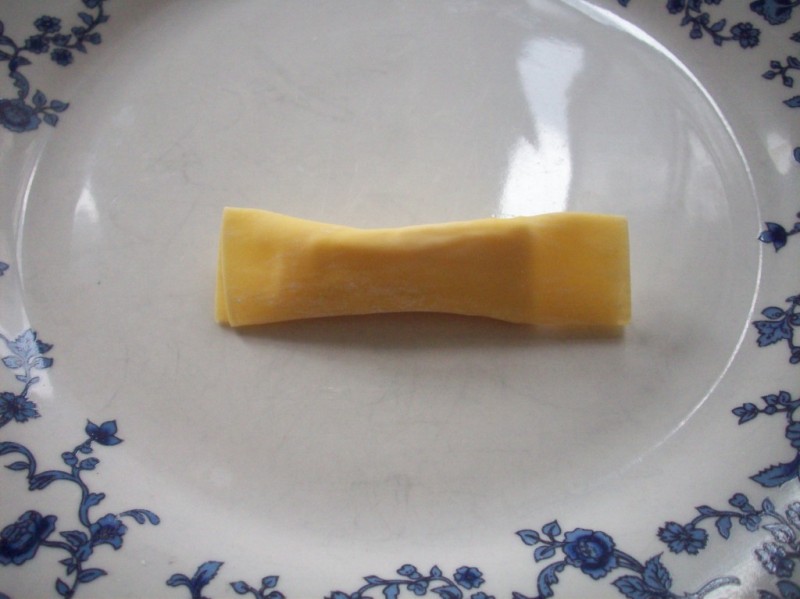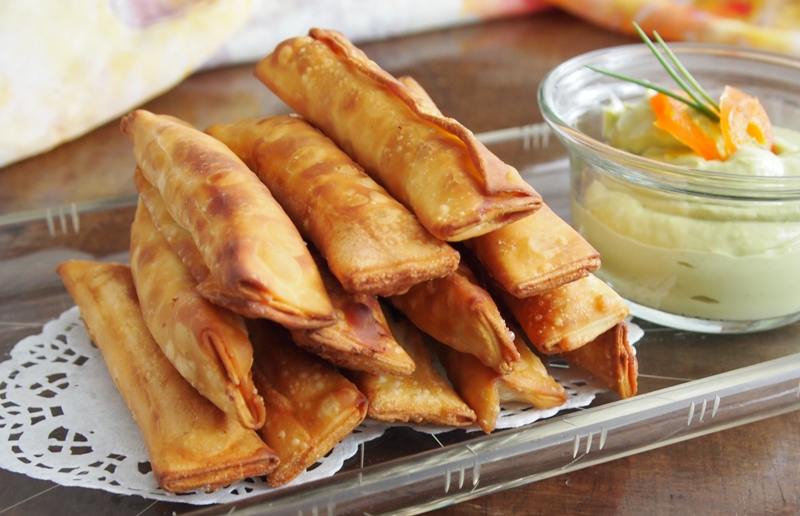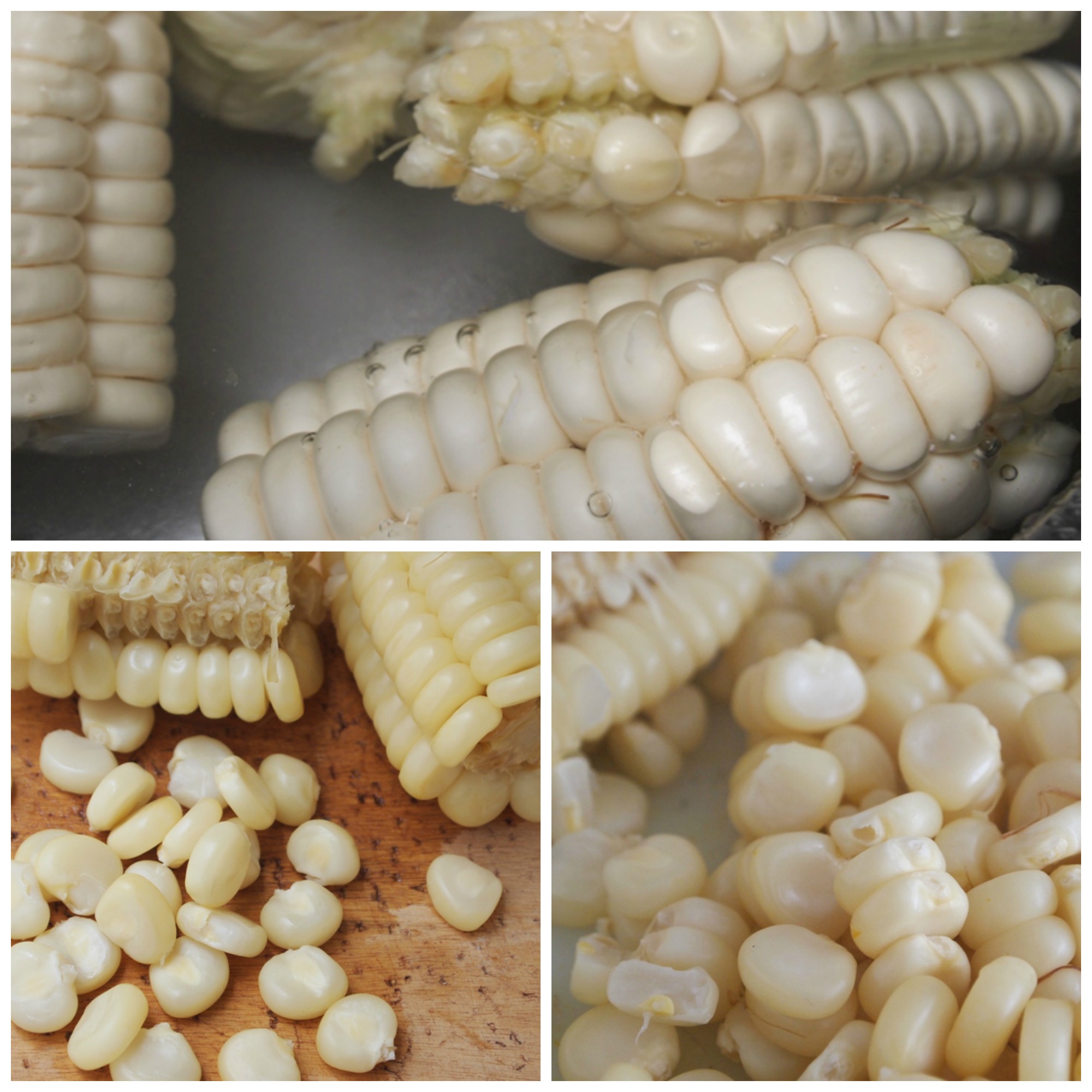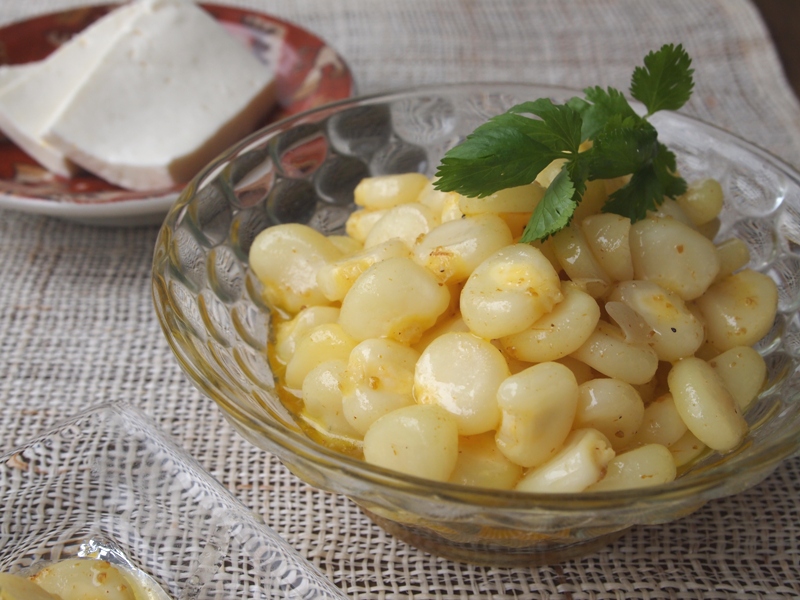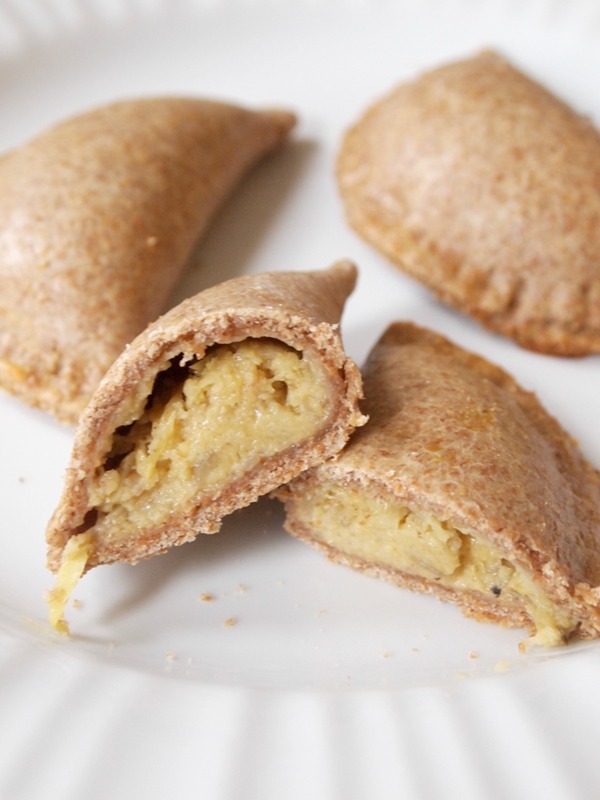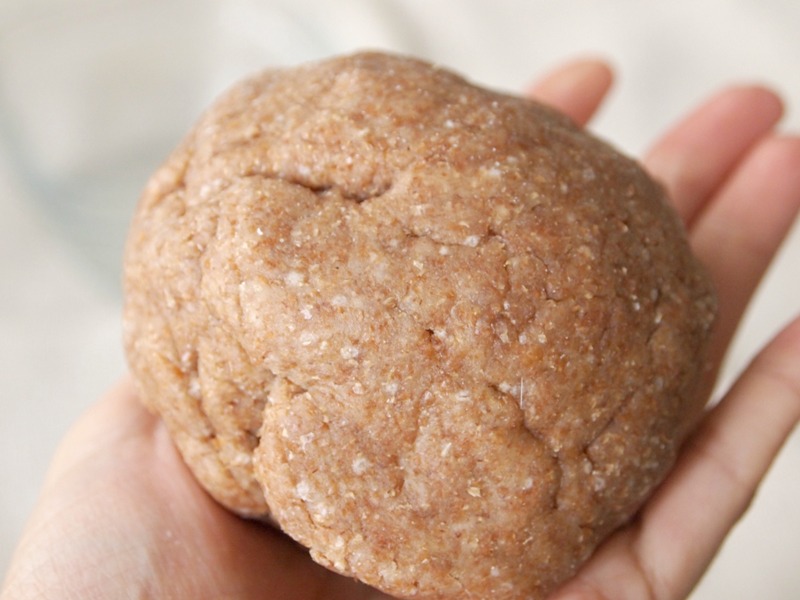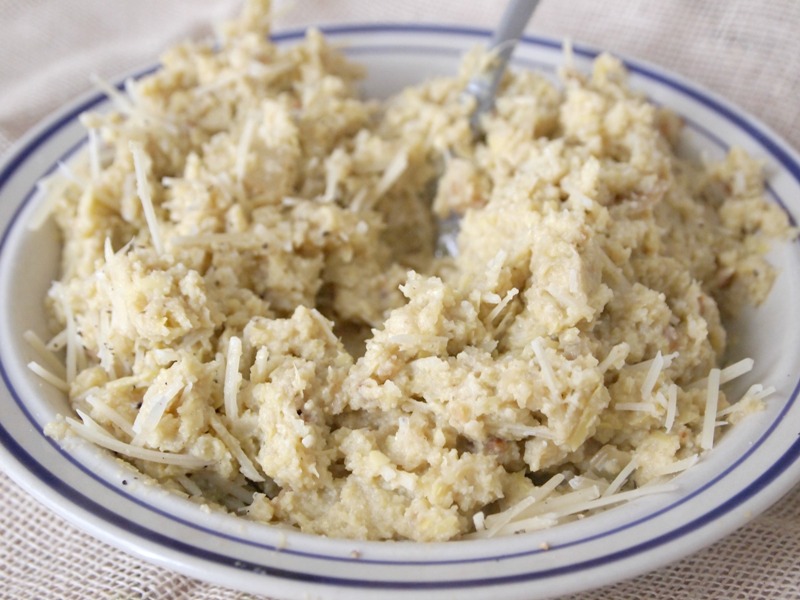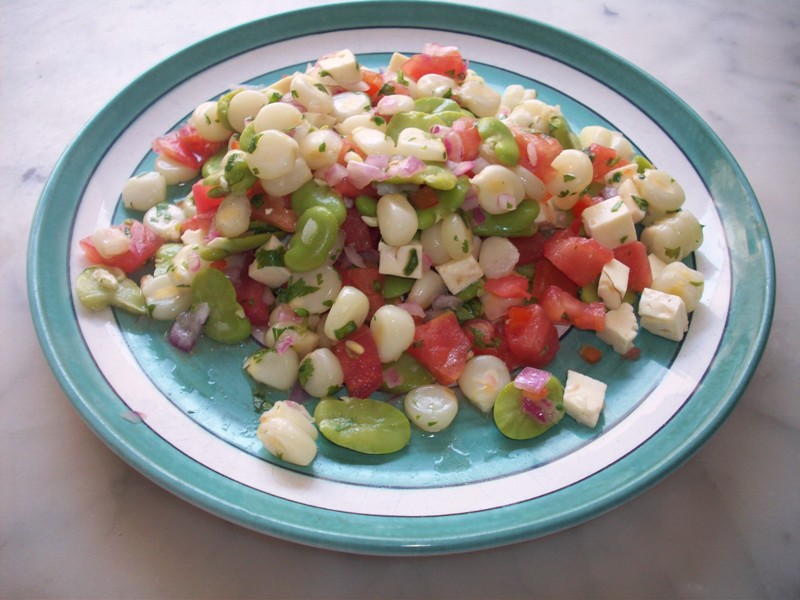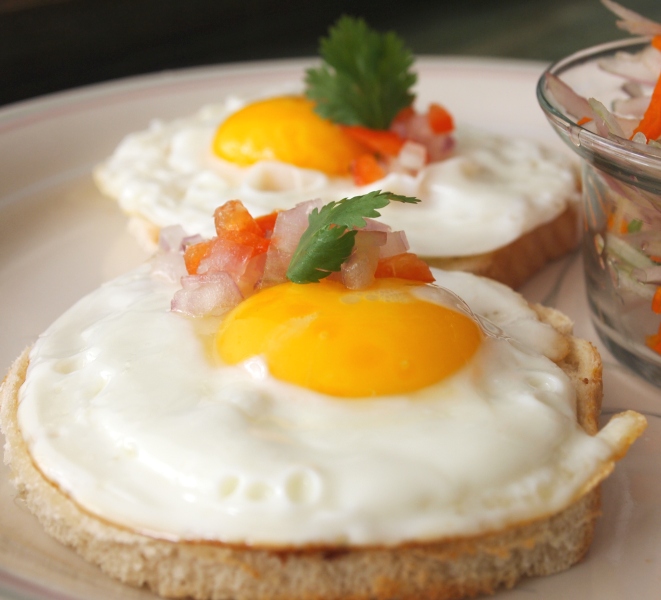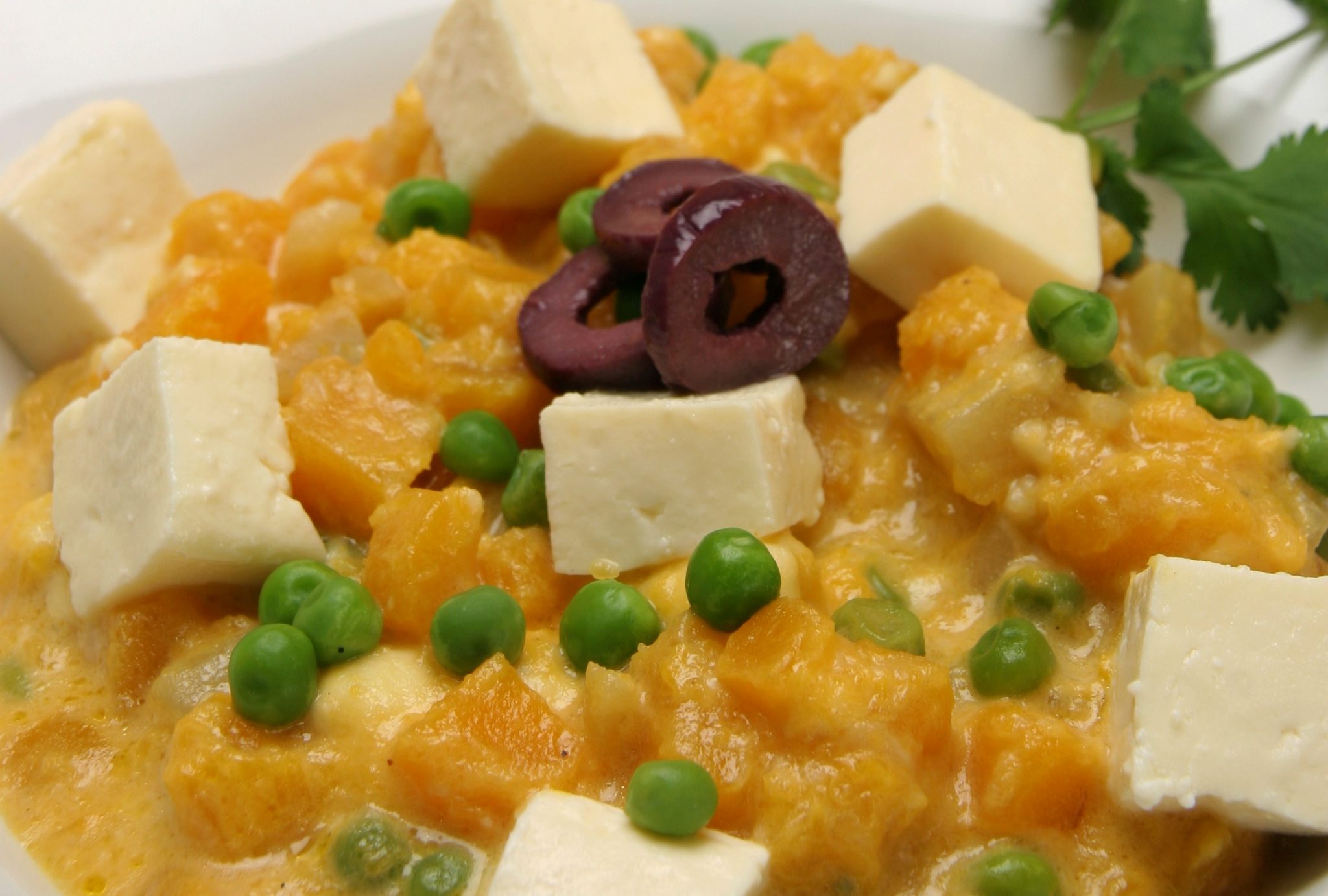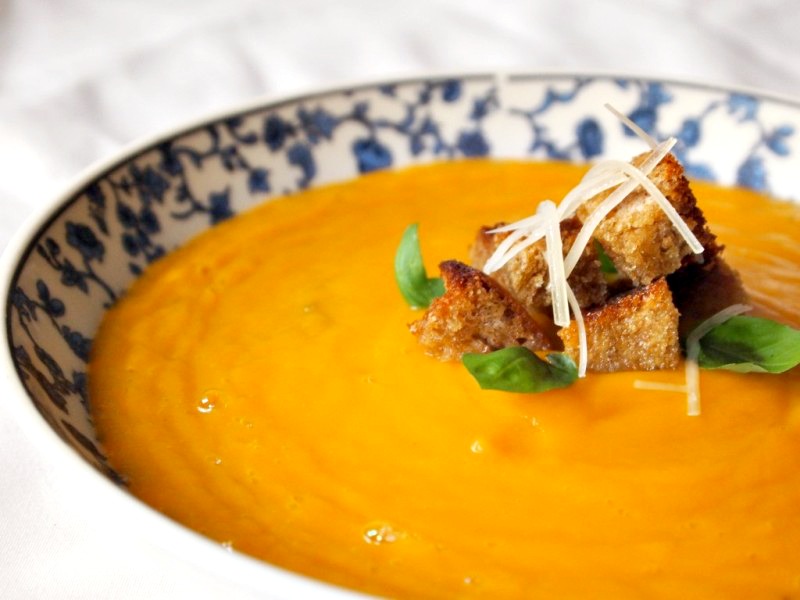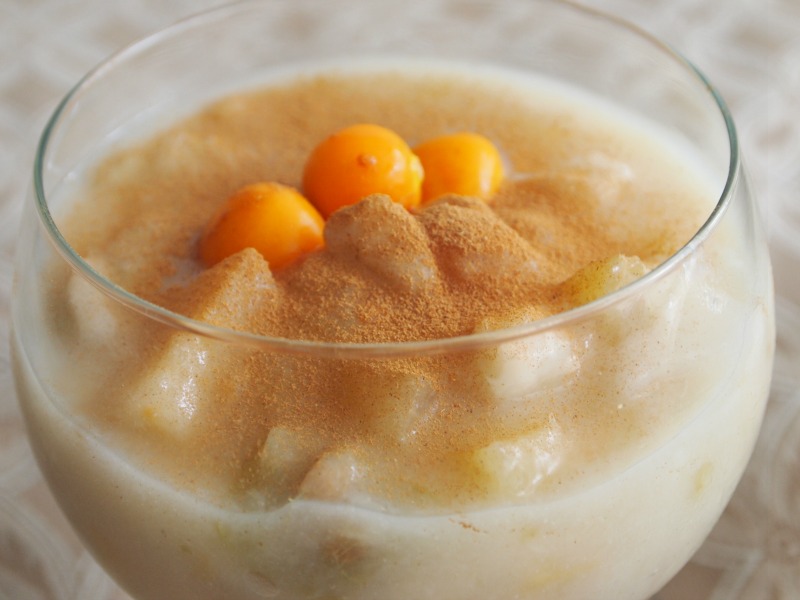 Happy weekend everyone! If you happen to be somewhere where the weather will be nice, it would be a great idea to have a picnic with friends, don’t you think? There are very few things in the world that I like more than having picnics. Sitting on the grass, under the sun or the shade of a tree seems to be extremely therapeutic for me. When in Lima, I love to go on Saturday mornings to practice yoga in my favorite park (Reducto), which is right next to the organic farmer’s market. After class, I usually bring a book, buy my groceries, and have a picnic by myself, or when I’m lucky, a friend or 2 are willing to wake up early and come along for a weekly dose of nature.
Happy weekend everyone! If you happen to be somewhere where the weather will be nice, it would be a great idea to have a picnic with friends, don’t you think? There are very few things in the world that I like more than having picnics. Sitting on the grass, under the sun or the shade of a tree seems to be extremely therapeutic for me. When in Lima, I love to go on Saturday mornings to practice yoga in my favorite park (Reducto), which is right next to the organic farmer’s market. After class, I usually bring a book, buy my groceries, and have a picnic by myself, or when I’m lucky, a friend or 2 are willing to wake up early and come along for a weekly dose of nature. 
When in New York, I have picnics as often as the weather allows (it doesn’t rain in Lima, but in the Big Apple it’s a completely different story). I have discovered many beautiful, small and quiet parks in my neighborhood, which I like to call my “secret gardens”. A few weeks ago, I had one of my usual fresh air and bare feet rendez-vous, and decided to make one of my favorite Peruvian sandwiches for the occasion: pan con aceituna (bread with olives). I got the inspiration browsing through Gaston Acurio’s “La Cocina de la Calle” (Street Food) book, which has a recipe for this classic sandwich, but grilled and with aji amarillo. I’ve always eaten it cold and aji-less, but of course, one can change it as desired (why not add some arugula, for example?)
When I was in highschool I used to hate olives, and gagged at the view of my best friend’s lunchbox which usually contained these olive sandwiches. It seemed to me like her mother was a very mean woman trying to torture her daughter. Strangely, my friend seemed unaffected by it, and ate it quietly. As a grown up, and with my acquired taste for our very tart botija olives, this sandwich has become a delight to eat. If you’re also an olive lover, I recommend you try it. Just get some French or Ciabatta bread, cut some botija olives (the large, purple, fleshy ones, like in the picture) in half, add a few slices of queso fresco, and your picnic is set. Take your shoes off, sit on the grass, and enjoy this simple and delicious snack!






















































